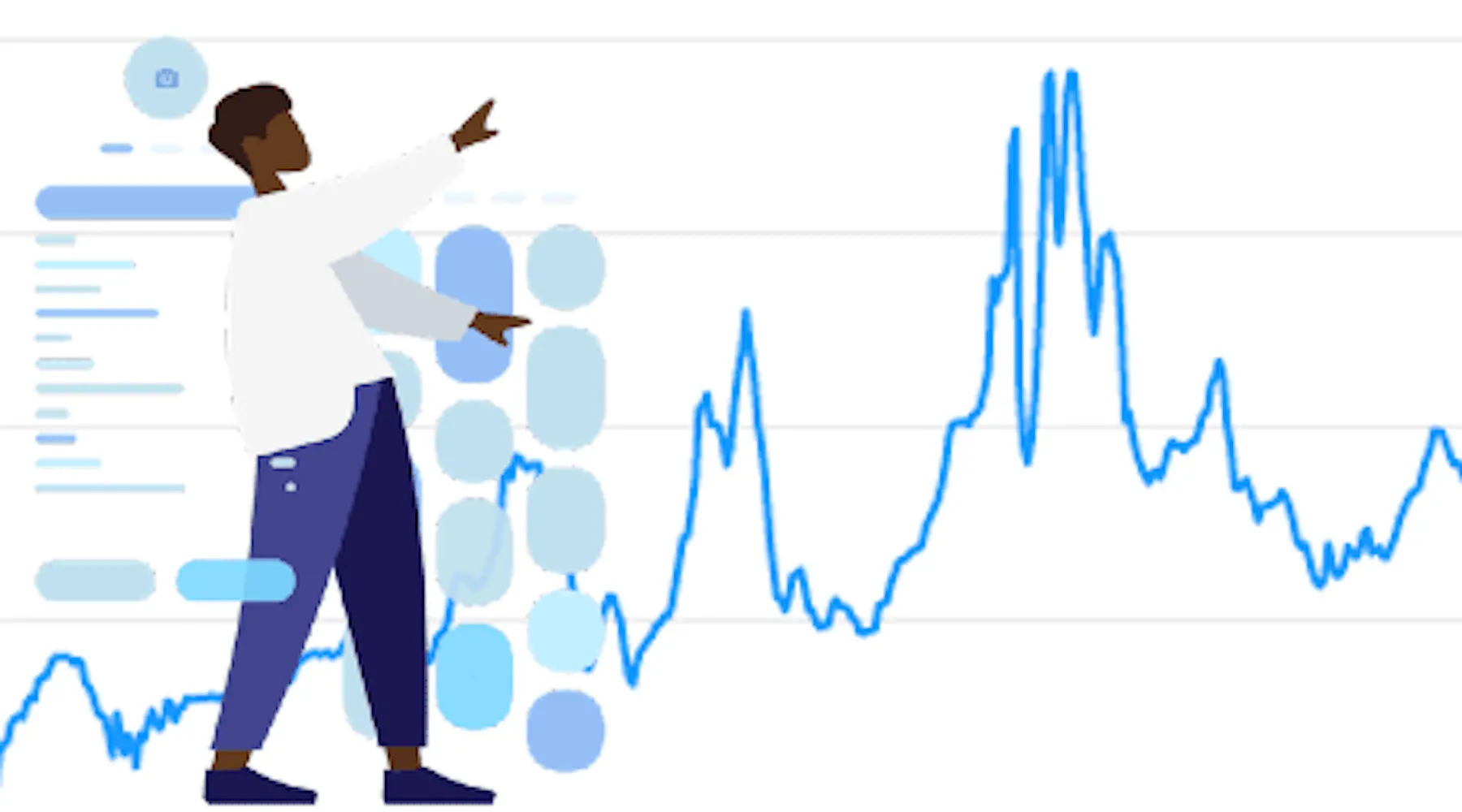Federal Funds Rate History: 1954 to December 2025
Fed Gives Us Three Straight Cuts in December!


The Fed cut rates at its eighth and final meeting of 2025 meeting on Wednesday, December 10, 2025 at a target range of 3.5-3.75%. This follows a cut at the October meeting.
The Fed finally cut rates in September 2024, a trend that continued at the November and December meetings, bringing the target range from 4.5%–4.75% to 4.25%–4.5% following the eighth and final Federal Open Market Committee (FOMC) meeting of 2024.
Over the last 24 months or so, we’ve seen a lot of movement in the Fed rate, with the Fed raising rates four times in 2023, starting with consecutive rate increases of 25 basis points in February, March and May 2023. Rates were then held in June and increased by a further 25 basis point hike in July. Since then, there was a string of holds until the final three meetings of 2024 and then pauses in rate cuts at the January, March, May, June and July 2025 meetings. The Fed has now cut rates in back-to-back-to-back meetings in Septermber, October and December 2025
The Fed raised rates seven times in 2022, which is the highest number of Fed rate hikes in a single year since 2005. While 2005 saw more Fed rate hikes in total (8), individual increases were just 25 basis points, whereas the changes in 2022 have ranged from 25 to 75 basis points.
Since 2018, the average federal funds rate has been 2.8%, which is about half of where we’re at today. However, during this period, the US saw historically low rates, in part due to Covid. Rates hit a record low of 0.05% for the months of April and May 2020.
It’s not a great sign that the Fed rate is up compared to its average over the last decade or so. However, with the the effective federal funds rate sitting at 3.89% that is actually lower than the average rate since 1954 (4.6%).
Eight meetings of the Federal Open Market Committee are scheduled for 2026.